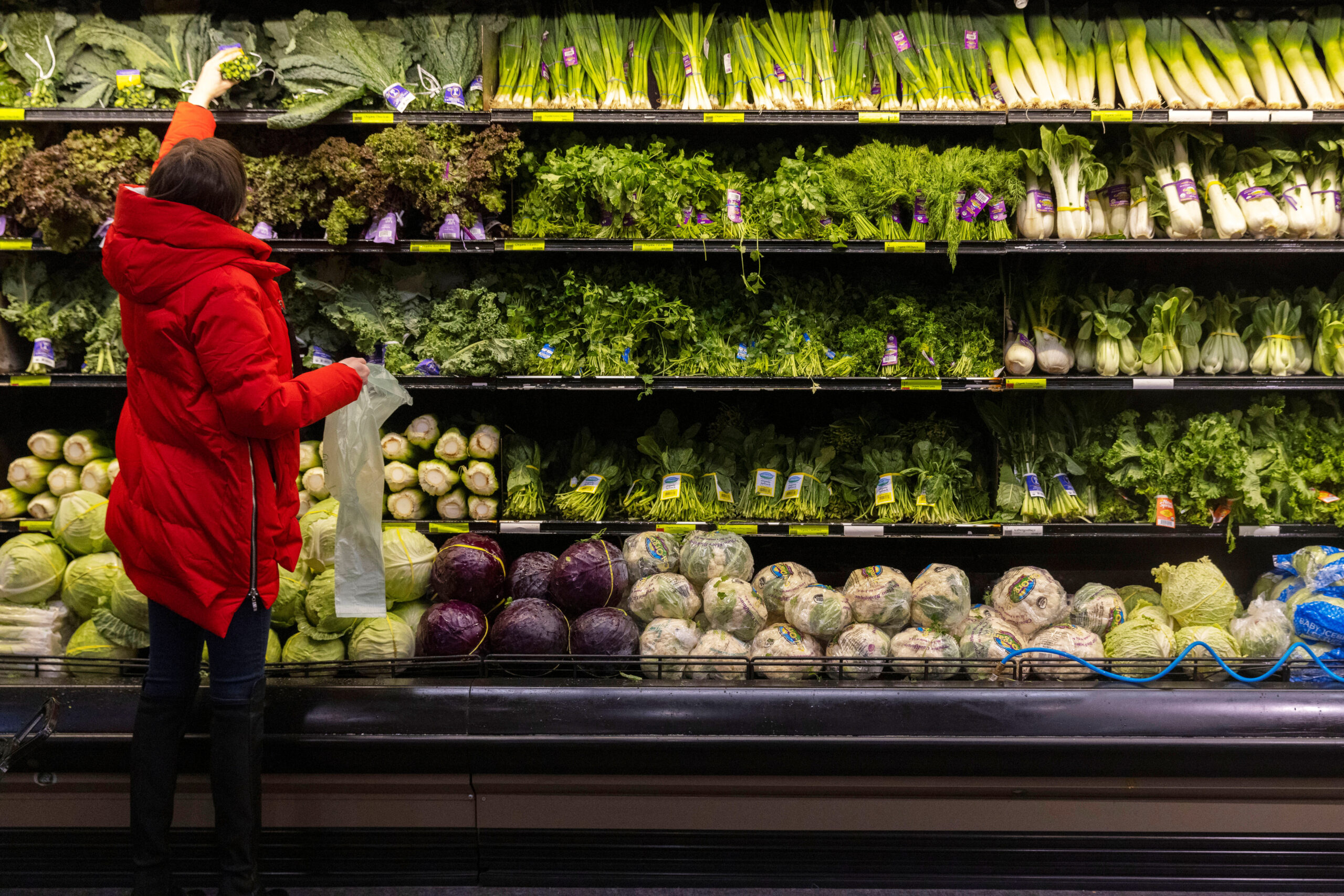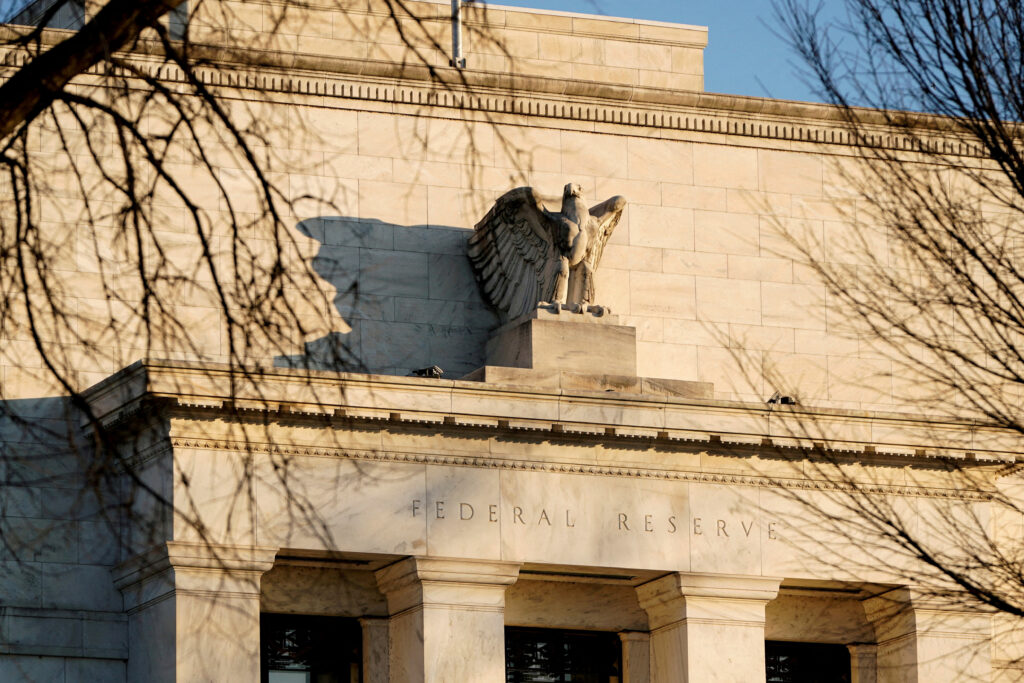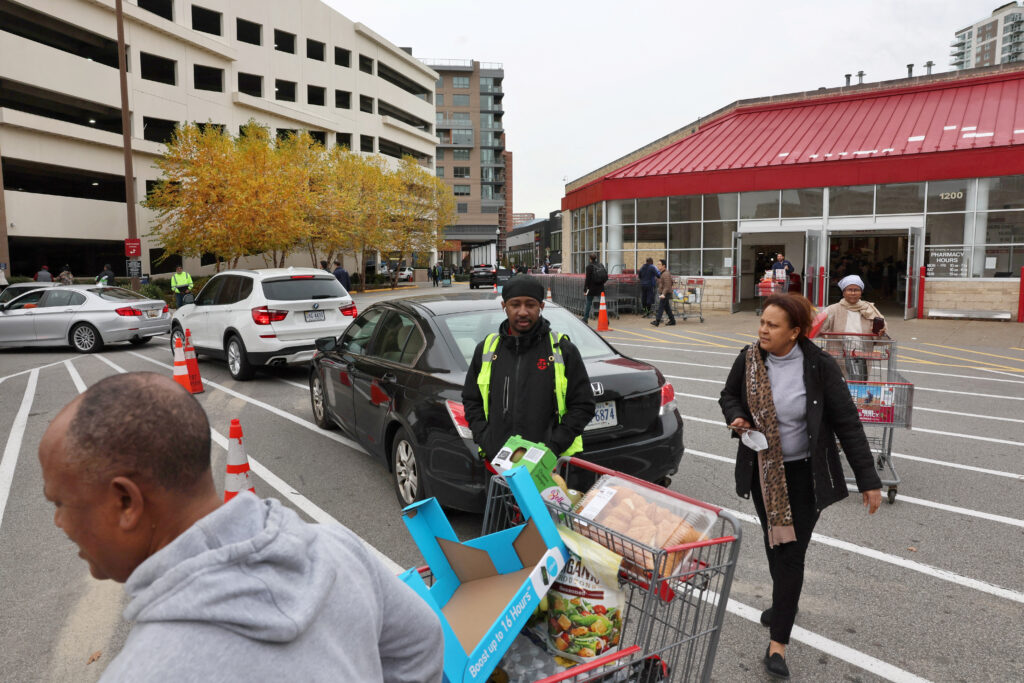WASHINGTON – U.S. consumer spending increased slightly less than expected in August, but that did little to change expectations that solid economic growth persisted in the third quarter, while the annual rise in prices was the smallest in just over 3-1/2 years.
Strong growth expectations this quarter were underscored by other data from the Commerce Department on Friday showing the goods trade deficit narrowed by the most in nearly two years last month. That suggested trade would likely impose a modest drag on gross domestic product, which could be more than offset by a rise in inventories.
Economists did not view the data as soft enough to compel the Federal Reserve to deliver another 50 basis points interest rate cut in November as hoped by investors, with an elevated saving rate and still-strong wage gains seen providing a firmer base for consumer spending in the months ahead.
September’s employment report next week could offer more clues on the size of future reductions in borrowing costs.
“The resilience of consumer spending and the stronger foundations strengthen our conviction that the near-term outlook for the economy remains bright,” said Michael Pearce, deputy chief U.S. economist at Oxford Economics. “That should eventually help drive a re-acceleration in the pace of hiring and help keep labor market conditions solid over the coming year or two. That is one factor that will help convince the Fed to slow the pace of rate cuts next year.”
Consumer spending, which accounts for more than two-thirds of U.S. economic activity, rose 0.2% last month after an unrevised 0.5% gain in July, the Commerce Department’s Bureau of Economic Analysis said. Economists polled by Reuters had forecast consumer spending climbing 0.3%.
Spending was concentrated in services, which increased 0.4% after advancing 0.3% in July. Outlays on housing and utilities as well as financial services and insurance topped the list.
There were also increases in spending on healthcare, transportation, and recreation services. Consumers additionally boosted spending at bars and restaurants and stayed at hotels and motels. Goods spending, however, dipped 0.1% as purchases of motor vehicles and parts fell. Receipts at service stations also dropped amid cheaper gasoline.
Food and beverage sales fell. Price-conscious consumers are trading down to cheaper store-brand items. These declines more than offset increases in outlays on other nondurable goods and recreational goods and vehicles.
Adjusted for inflation, consumer spending rose 0.1% after climbing 0.4% in July. Economists estimated that the so-called real consumer spending was running at a 3.4% annualized rate so far this quarter. It grew at a 2.8% pace in the second quarter.
Consumer spending continues to be supported by still-solid wage gains even as the labor market has slowed considerably.
Annual revisions to national accounts data published on Thursday showed stronger wages and salaries growth in the second quarter than had been previously estimated. The saving rate also was higher than previously thought.
Income rose 0.2% in August amid decreases in personal interest and personal dividend income. Wages and salaries, however, increased 0.5% after rising 0.3% in July. The saving rate slipped to a still-lofty 4.8% from an upwardly revised 4.9% in July. The saving rate was previously reported at 2.9%.
The higher saving rate bodes well for future consumer spending. There had been worries that consumers were drawing down savings to fund spending. Labor market jitters, with the unemployment rate rising above 4%, had raised the specter of precautionary saving, which would undermine spending.
Stocks on Wall Street traded higher. The dollar slipped against a basket of currencies. U.S. Treasury yields fell.
GOODS PRICE DEFLATION
The personal consumption expenditures (PCE) price index rose 0.1% in August, in line with expectations, after an unrevised 0.2% gain in July.
Goods prices declined 0.2% after being unchanged in July. The drop was offset by a 0.2% rise in the cost of services, which followed a similar gain in July.
In the 12 months through August, the PCE price index increased 2.2%. That was the smallest year-on-year gain since February 2021 and followed a 2.5% rise in July.
Excluding the volatile food and energy components, the PCE price index increased 0.1% after an unrevised 0.2% rise in July. In the 12 months through August, core inflation advanced 2.7% after climbing 2.6% in July. The U.S. central bank tracks the PCE price measures for its 2% inflation target.
Financial markets raised the odds of a half-percentage-point rate cut at the U.S. central bank’s November 6-7 policy meeting to about 52% from 50% earlier, according to CME’s FedWatch tool.
The chances of a 25 basis points rate reduction were lowered to roughly 48% from 50% before the data.
Last week, the Fed cut its benchmark overnight interest rate by 50 basis points to the 4.75%-5.00% range, the first reduction in borrowing costs since 2020. It raised its policy rate by 525 basis points in 2022 and 2023.
A separate report from the Commerce Department’s Census Bureau on Friday showed the goods trade deficit contracted $8.6 billion, or 8.3%, in August to $94.3 billion.
The dollar amount drop was the largest since November 2022. The decline in the deficit reflected a 1.6% fall in imports, mostly industrial supplies and motor vehicles.
Goods exports increased 2.4%, boosted by consumer goods, other goods and motor vehicles. Wholesale inventories rose 0.2%, while stocks at retailers advanced 0.5%. Inventories are expected to erase the anticipated small dent on GDP from trade.
The Atlanta Fed raised its third-quarter GDP growth estimate to a 3.1% rate, mostly on the trade data. The economy grew at a 3.0% pace in the April-June quarter.
“Today’s data confirm moderate inflation, solid third-quarter GDP,” said Abiel Reinhart, an economist at J.P. Morgan.
(Source: ReutersReuters)
Zabih Ullah is a seasoned finance writer with more than ten years of experience. He is highly skilled at analyzing market trends, decoding economic data, and providing insightful commentary on various financial topics. Driven by his curiosity, Zabih stays updated with the latest developments in the finance industry, ensuring that his readers receive timely and relevant news and analysis. Read Full Bio










